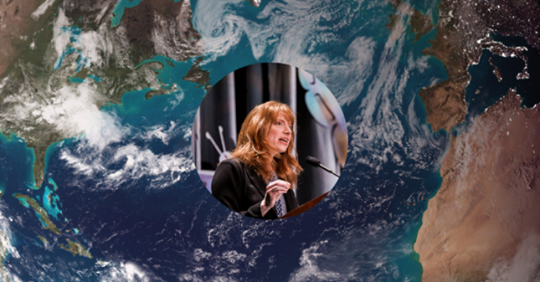This blog post by Mari Margil appeared on the Earth Day Network on April 13th, 2019.
When Dr. Seuss’s Lorax sees the Truffula trees being destroyed, he declares: “I speak for the trees. I speak for the trees, for the trees have no tongues.”
No tongues, indeed. But today, trees are gaining a voice, and nature is speaking for itself and defending its own rights to exist and thrive.
For far too long, nature has been treated as something apart from us, without a voice, unable to say “no!” when threatened. And the consequences are all too real — from the collapse of ecosystems such as coral reefs, to the accelerating rate of species extinction, and of course, with climate change.
Many are asking, why, when we have so many environmental laws in place around the world, does it seem we are unable to protect nature?
Put simply, environmental laws are largely written to authorize the use of the environment. That is, environmental laws legalize activities that use water (such as fracking, which contaminates millions of gallons of water at each frack well), use the air (such as industries that are allowed to emit billions of tons of pollution, including global warming emissions), use land (such as industrial agriculture, which spreads insect-killing pesticides across billions of acres across the globe), and use species (such as industrial-scale fisheries, which are pushing species to the brink).
This legalized use of the environment has treated nature as infinite, able to provide for endless growth and development.
To read the rest of this blog post at its original source please click HERE.

